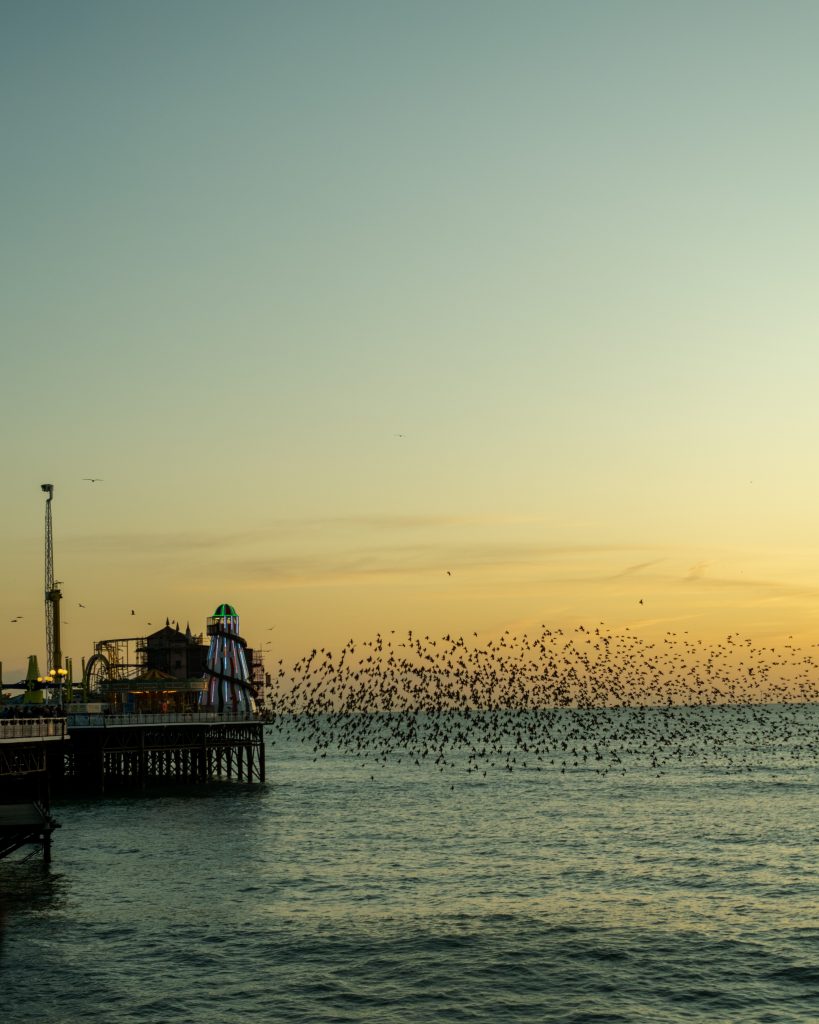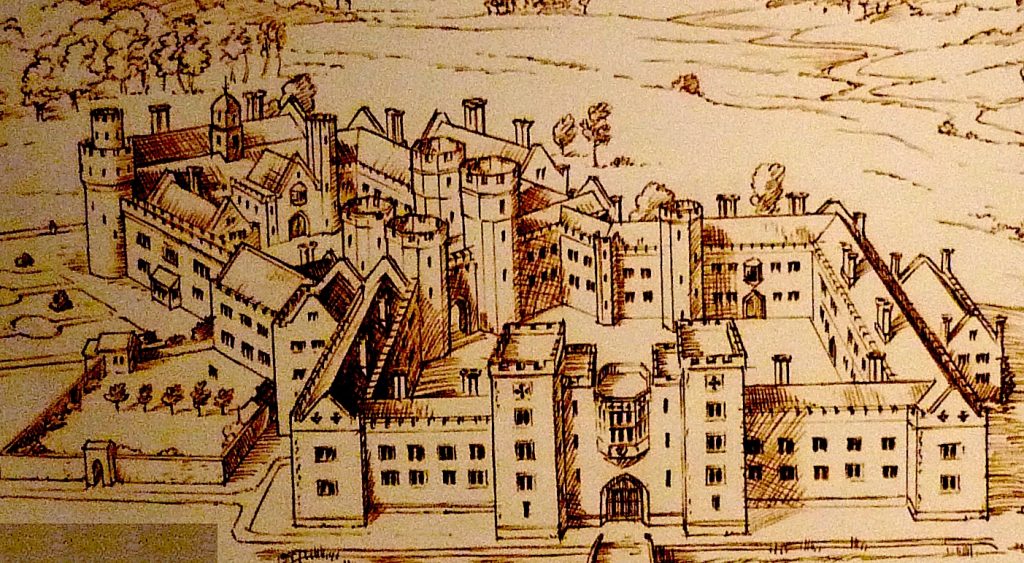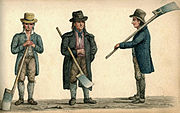
In Lia Leendertz’ lovely ‘The Almanac – A Seasonal Guide to 2022’ she lists the following as in season for foraging:
Crab Apples and sweet chestnuts
Roots: Dandelion, horseradish, Jerusalem Artichokes, and wild garlic
Wild Greens: chickweed, dandelion, and wintercress
Game: Hare, rabbit, pheasant, and venison
Sweet Chestnuts were introduced by the Romans and have long been a feature of Christmas. They can be ‘baked, roasted, boiled or microwaved’. You need to prepare them by scoring a cross in them; otherwise they will explode when cooked. They are often sold by street vendors (there is often a seller on the Millennium Bridge on the way to Tate Modern in London) and, in my family, are always a part of the stuffing for the Turkey. They can also be candied, puréed or stored in syrup. (The Woodland Trust Foraging in November and December).
John Evelyn, the 17th Century Diarist and author of a book on trees (Sylva, or A Discourse of Forest-Trees and the Propagation of Timber) wrote that the nuts were:
‘delicacies for princes and a lusty and masculine food for rusticks, and able to make women well-complexioned’
He complained that in England they are chiefly given to pigs to eat.
Chestnut meal was also used for whitening linen and for making starch. Marones, imported from Italy, France, Switzerland, and S. Germany contain 15% sugar and so were used to make a thick syrup and a ‘very usable’ sugar, from which Marons Glacés are made.
The wood of the chestnut is very useful and is/was used for building, pit props, furniture, poles for hops etc. but is nowhere near as long-lasting as oak.
Medically, they were used for treating convulsive coughs such as whooping-cough, where the leaves were infused in a pint of boiling water. (A Modern Herbal by Mrs M Grieve)
First Published on 3rd December 2022, Revised and republished in December 2023






